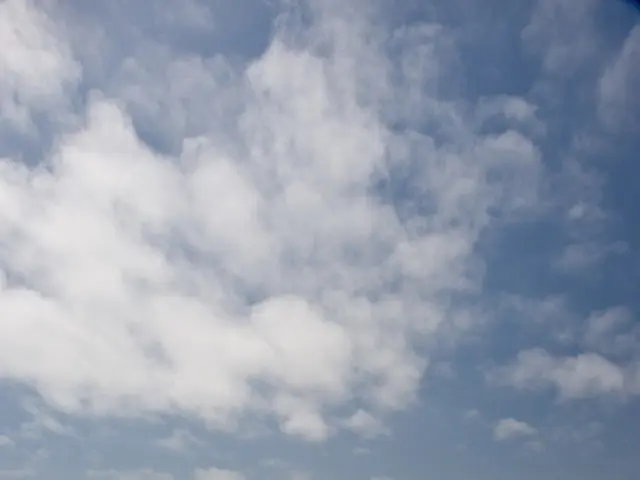Scientist hunts for indications of living organisms on the icy satellite
Article Title: Search for Extraterrestrial Life on Saturn's Moon Enceladus
Beneath the thick ice crust of Saturn's moon Enceladus lies an ocean of liquid water, marking one of the most promising places in the solar system to search for extraterrestrial life. according to astrobiologist Nozair Khawaja, who heads a research team at the Free University.
Enceladus, which is much smaller than our moon and appears unremarkable at first glance, is located far away and is covered entirely in ice. However, the possibility of life on this seemingly barren moon is much more promising than it may seem.
"Where there's water, there's a possibility of life," says Khawaja. Upcoming experiments will be conducted to identify which substances can form under conditions like those on Enceladus.
Saturn is the sixth planet from the sun, and scientists previously believed that the region beyond Mars was inhospitable for life or conditions suitable for life. It was too cold, and there was a lack of sunlight.
However, the discovery of liquid water on Enceladus was a significant revelation. The first hint of an underground ocean came in 2005, when several specialized instruments detected water jets and geysers at the moon's south pole. Along large cracks, water vapor and ice particles were hurled hundreds of kilometers into space.
The question remains, then: is the presence of large organic molecules in the Enceladus ocean an indication of biological activity, or are they the result of chemical reactions?
In captured ice particles, small, simple, and large and complex organic molecules have been detected. According to Khawaja, "For the first time, we've found very large organic molecules in an extraterrestrial ocean." This could indicate biological activity on Enceladus. Alternatively, the molecules could have been created through hydrothermal reactions.
The lab work of Khawaja and his team aims to simulate the conditions in the underbelly of the Enceladus ocean and trace what happens deep beneath the ice sheet. If there is indeed life on Enceladus, this discovery would raise hope that traces of life might also be spread throughout the universe. Conditions could exist where human-like life is possible or could be established in the future.
For science fiction fans, however, the situation is less exciting. Khawaja cautions that the team is looking for simple life forms like bacteria and that the idea of a little green man living on Enceladus should be abandoned. "We're not looking for something that's similar to us and has two eyes, a nose, and arms."
Enceladus' astrobiological significance cannot be overstated. The study of Enceladus and other ocean worlds is crucial for understanding the potential for life beyond Earth. Future missions aim to explore these environments further to identify biosignatures that could indicate biological activity.
The European Union, recognizing Enceladus' astrobiological significance, has initiated a number of initiatives aimed at studying the potential for life on this Saturn moon, particularly focusing on the fields of science, health-and-wellness, and space-and-astronomy.
These initiatives, led by researchers like Nozair Khawaja, aim to understand the conditions in the underbelly of Enceladus' ocean, including the possibility of large organic molecules found in the moon's ocean being indicative of biological activity or the result of chemical reactions, thus shedding light on the prospects of life beyond Earth.








